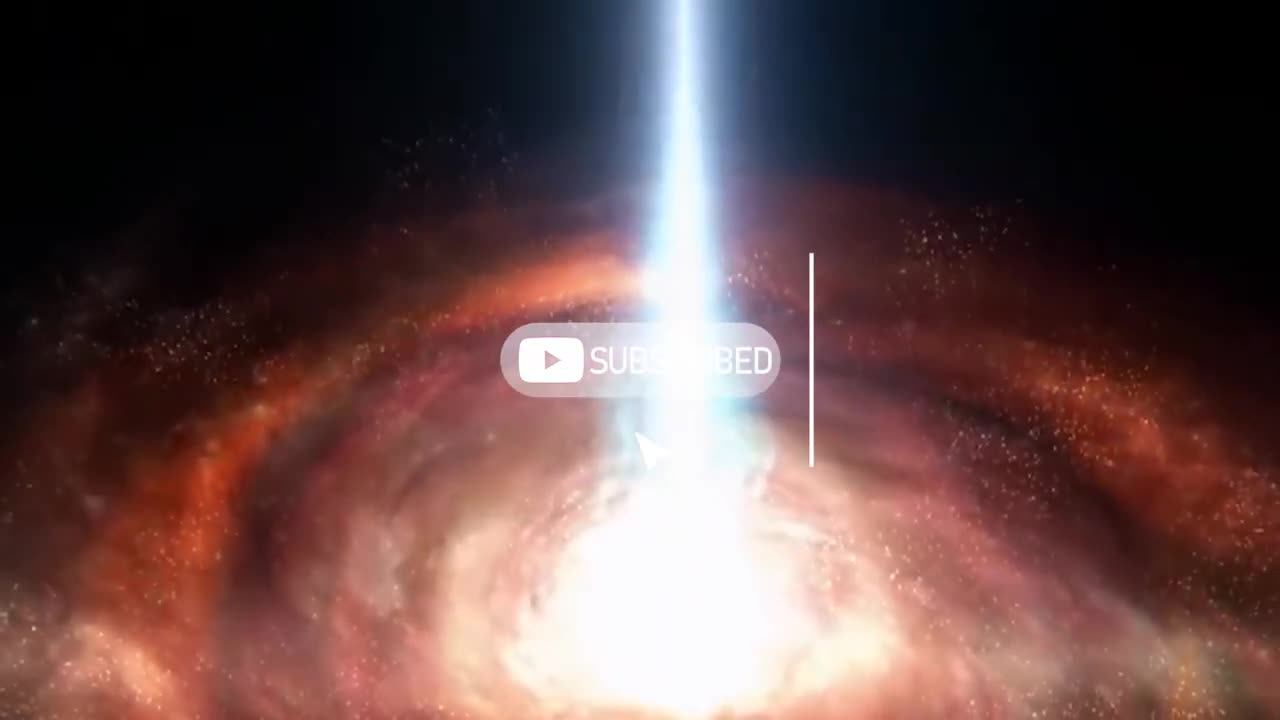Premium Only Content

NASA newly discovered monster black hole
Stay up-to-date with the latest information on interstellar space. Stay up-to-date on space. Learn new things. Subscribe to the Universe Space SL Youtube Channel. . Simply put, it symbolizes terror in Maori. The supergiant galaxy Messier 87 in the constellation Virgo is home to a monstrous, terrifying behemoth known as Pwehi. We here on Earth first saw it in April 2019.
Hi guys! Welcome back to the unknown beyond. Today we look at what NASA found at the center of a quasar. We have a lot to cover so make sure you stay till the end of this video. And don't forget to subscribe our channel and like today's video, it will help us a lot.
And let's begin!
Pwehi's stunning image was captured
The Event Horizon Telescope is a network of eight underground radio observatories strategically placed around the world.
It was a remarkable achievement given its size and distance to the source. Notice that you are sitting
A Parisian cafe, looking through your telescope at a new one
York newspaper. That's what it took to capture this incredible image in such exquisite detail.
But what is this abomination, this mysterious source?
Põwehi is a gigantic black hole that is billions of times as large as the Sun. Gravity is being pushed to its terrible extreme. The effect of gravity on light has already been demonstrated. What happens as the gravitational field is increased and spacetime is curved more and more? You build a prison. When light is bent to such a degree that it becomes caught and unable to escape, nothing else can either. Põwehi is a prison for the forgotten, a cosmic oubliette, and an intolerant inferno.
Such atrocities were first imagined by an English preacher.
Rev. John Michell hypothesized the existence of dark stars in November 1783. Dark stars are enormous astronomical phenomena that are five hundred times bigger than the
Sun and have gravitational pulls that are so powerful that light itself cannot escape. Though it would soon be forgotten, the concept of invisible giants hiding in plain sight was thrilling at the time. This was due to the fact that it was founded on the corpuscular hypothesis, which held that light is composed of particles. Following Thomas
Young's investigations at the turn of the 19th century, this theory was eventually replaced by a wave-like model.
Despite the fact that Michell's research on black holes would be disregarded for nearly two centuries, he would go down in science history as the founder of seismology.
He proposed that the disastrous earthquake and tsunami that rocked Lisbon in 1755 were caused by faults in the
Earth's crust rather than by atmospheric disturbances in his research on the event.
The majority of scientists nowadays are certain that black holes do in fact exist. They typically develop when a star that is sufficiently massive-at least twenty times heavier than the Sun-runs out of fuel. Nuclear fusion is how stars generate their own energy. In their cores, atomic nuclei are compressed and squeezed together to form a furnace of constantly bursting thermonuclear bombs. By exerting outward thermal pressure to oppose the effects of gravity, this force keeps the star from collapsing under the weight of itself. But it's not permanent.
The star can no longer support its own weight once it has produced too much iron in its core, rendering the fusion processes ineffective. Death star. The star is swiftly overcome by gravity, which forces it inward like a garrote that gets tighter and tighter. then a bang! In a stunning response to gravity's unrelenting assault, the star fights back. The neutrons, subatomic particles in the star core, are the ones carrying the battle.
-
 2:46:10
2:46:10
TimcastIRL
8 hours agoTim Pool & Crew CRASH White House Press Briefing And Liberal Media IS PISSED | Timcast IRL
220K142 -
 2:49:19
2:49:19
Laura Loomer
8 hours agoEP116: COUP DE SANTIS: FL Legislators Investigate Ron And Casey For Fraud
68.6K50 -

SpartakusLIVE
14 hours ago$50,000 Tourney w/ ZLANER & Oak! || MORE WZ to follow
23K2 -
 1:51:14
1:51:14
FreshandFit
2 days agoUniversity Of South Carolina Speech
103K33 -
 2:09:39
2:09:39
RiftTV/Slightly Offensive
10 hours ago $12.76 earnedJordan Peterson EMBARRASSES Himself On Rogan with PITIFUL Rant on “Extremism” | Slightly Offensive
60.6K49 -
 14:38
14:38
Producer Michael
10 hours agoWE TRIED TO SELL OUR CARS AT CARMAX!
64K3 -
 5:36:05
5:36:05
a12cat34dog
9 hours agoI'VE NEVER PLAYED THIS GAME :: The Elder Scrolls IV: Oblivion Remastered :: FIRST-TIME PLAYING {18+}
38.1K7 -
 2:17:47
2:17:47
AlaskanBallistics
17 hours ago $15.18 earnedI Love this Gun Podcast #28
65K14 -
 3:12:28
3:12:28
tacetmort3m
15 hours ago🔴 LIVE - THIS GAME IS VERY FUN NOW - NO MORE ROOM IN HELL 2
27.7K -
 5:23:12
5:23:12
RalliedLIVE
13 hours ago $6.40 earnedWarzone Wins All Night w/ Ral
115K7